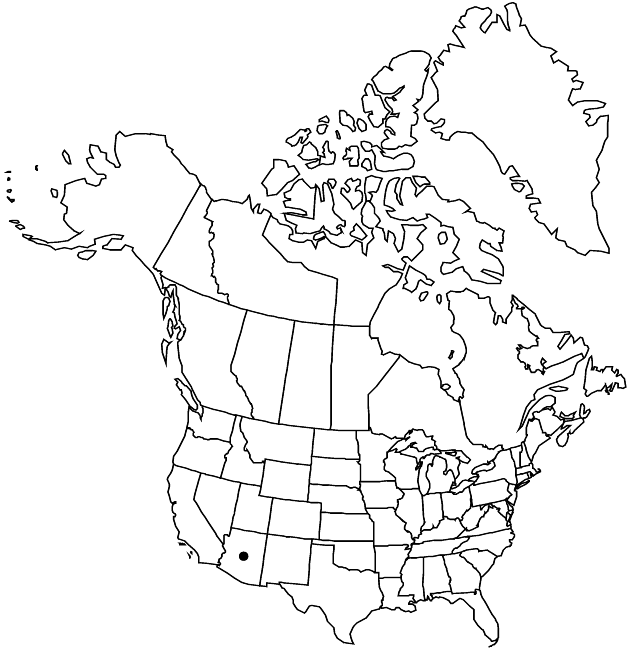Difference between revisions of "Hymenopappus radiatus"
Contr. U.S. Natl. Herb. 1: 122. 1891.
Treatment appears in FNA Volume 21. Treatment on page 310.
FNA>Volume Importer |
FNA>Volume Importer |
||
| Line 46: | Line 46: | ||
|publication year=1891 | |publication year=1891 | ||
|special status= | |special status= | ||
| − | |source xml=https://jpend@bitbucket.org/aafc-mbb/fna-data-curation.git/src/ | + | |source xml=https://jpend@bitbucket.org/aafc-mbb/fna-data-curation.git/src/8f726806613d60c220dc4493de13607dd3150896/coarse_grained_fna_xml/V19-20-21/V21_755.xml |
|tribe=Asteraceae tribe Heliantheae | |tribe=Asteraceae tribe Heliantheae | ||
|subtribe=Asteraceae (tribe Heliantheae) subtribe Hymenopappinae | |subtribe=Asteraceae (tribe Heliantheae) subtribe Hymenopappinae | ||
Revision as of 16:37, 18 September 2019
Perennials, 30–45 cm. Leaves: basal 2-pinnate, 8–14 cm, lobes 5–15+ × 1–2 mm; cauline 2–3. Heads 6–8 per stem. Peduncles 3–8 cm. Phyllaries yellowish, 7–9 × 3–5 mm. Ray florets 8; corollas white, laminae 14–16 mm. Disc florets 30–50+; corollas yellowish, 3–4 mm, tubes 1.5–2 mm, throats campanulate, 1.5 mm, lengths 3 times lobes. Cypselae 4–4.5 mm, ± hirtellous to villous; pappi of 14–18 scales 0.4–0.6 mm. 2n = 34.
Phenology: Flowering May–Jul.
Habitat: Sandy soils, pine woodlands
Elevation: 2100–2700+ m
Discussion
Selected References
None.
Lower Taxa
None.
